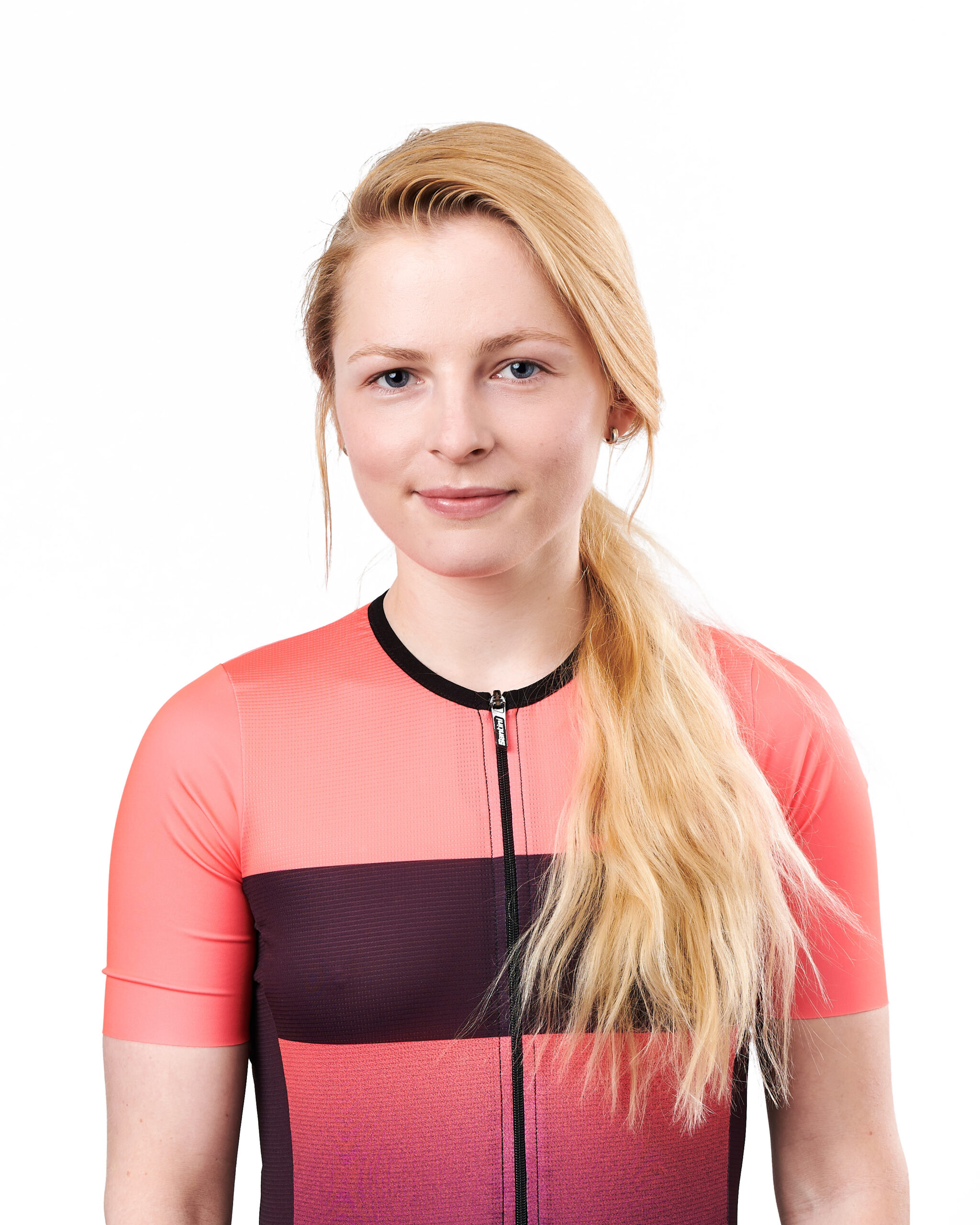What do I need for bikepacking?
Essentially, to go on a bikepacking trip all you really need is a bike and some bags to stuff your equipment into. Bikepacking is at its core a minimalist and welcoming pursuit; anyone who has the desire to can give it a go.
However, there are of course lots of different pieces of gear you 'could' invest in to make your set-up more practical, light-weight and aero. The foundations for any bikepacking or touring trip are: a sturdy bike, bags that you can attach to your bike, equipment to provide warmth and shelter, and cooking apparatus.
Can you use your road bike for bikepacking?
The short answer is, yes. You can use any bike, as long as it feels sturdy and dependable, and has enough mounts to attach all your gear. On the other hand, there are bikepacking-specific bikes available on the market these days and they do come with a host of benefits.
These bikes tend to be as light-weight as possible, have the ability to fit wider tyres for off-terrain pursuits, have more mount points to attach kit, have a larger frame 'triangle' space, have a more upright geometry and lower gears for comfort - so you can spin out the pedals for the long distance trips and not destroy your legs.
As popular as these are, it is worth bearing in mind that if you are intending to cycle in remote areas, your bike needs to be compatible with standard components that are easy to source.
What makes a good bikepacking bag?
In terms of bags, there are two main routes you can go down. Beginners and tourers tend to use panniers, these can be easily attached to pannier racks which can be screwed onto lugs on your front and back forks. Choose a waterproof and durable design like these Ortlieb back panniers that can be securely fastened shut at the top and to the rack without too much movement against the bike when cycling. Along with these, you can also attach a bar bag or roll in between your handlebars for quick access to essentials and valuables.
Most bikepackers tend to go for the second set-up option, which is to attach bags onto the frame at different points, without the need for pannier racks. This carries the advantage of allowing a more light-weight and aerodynamic set-up for a more authentic minimalist feel.
Bags for this would include a seat pack behind your saddle, a frame bag in the 'triangle' of your frame, a top tube bag that sits along the top of your bike, and a handle bar roll pack. These bags can be fixed by straps to the bike and don't necessary need mount points like pannier racks do; just bear in mind that you may need to rearrange the location of your bottles or hydration system to allow room for the bags.
Those with smaller bike frames may also find it difficult to fit all the kit they need onto the bike in this set-up.
Here's our top 5 bags pick:
- For a seat pack, why not go for this compact waterproof Vortex 2 from Altura.
- For a frame bag, check out the Bontrager Adventure bag
- Take a look at this handy Restrap top tube bag sold by Wiggle, also known as a 'snack sack'.
- This durable and waterproof Zefal Z handlebar bag will come in useful, sold by Merlin Cycles.
- For those needing extra storage, go for the pannier rack option with these ELOPS panniers from Decathlon.
What should I carry bikepacking?
You've got the bike and sourced some bags, but what do you put in them? Most important to think of is a means of shelter, of keeping warm, and cooking apparatus. You will need either a light-weight and compact tent or a bivvy bag, in which you will need a small sleeping mat (essential for preventing heat loss through the ground), and a sleeping bag.
If you're bikepacking in winter, then we recommend you carry some cooking apparatus with you, this could be a mini pressurised multi-fuel stove for that essential coffee and porridge hit in the morning. Along with these foundational items, consider what clothing you'll need to bring for the conditions of your trip and small first-aid kit like this compact Lifesystems one will not go amiss.
In the weeks leading up to her first Ironman, 220’s editorial assistant, Kate, cycled the infamous LE JOG, bikepacked the length of France, and bikepacked along the French Med solo. She has since bikepacked across Europe solo, and recommends the sport to all and anyone looking for a life-changing adventure.
